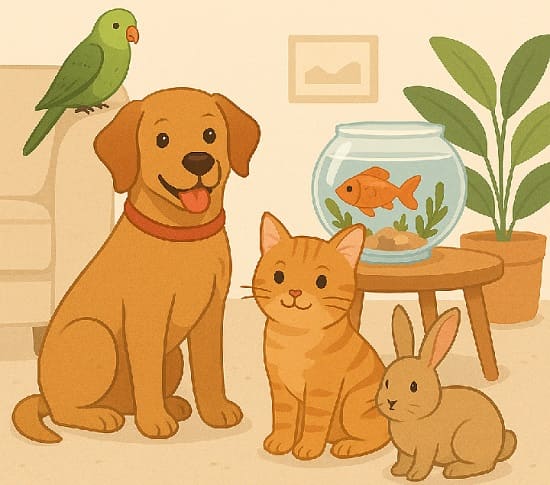Bringing home a new puppy is an exciting and heartwarming experience. Their playful energy and wagging tails fill your home with joy, but along with the cuddles come a few challenges. One of the first and most important lessons your furry friend needs is potty training. While it may sound overwhelming at first, with the right approach, you can train your puppy to go potty in the right place quickly and effectively.
In this guide, we’ll walk you through simple, step-by-step instructions to help you potty train your puppy successfully, without the stress.
Why Potty Training is So Important
Potty training isn’t just about keeping your carpets clean—it’s about establishing good habits and creating a healthy environment for both your pet and your family. A well-trained puppy feels more confident and is easier to integrate into your household routine.
When to Start Potty Training
Ideally, potty training should begin as soon as your puppy arrives home, usually around 8 weeks old. At this stage, they’re capable of learning routines, but remember: patience is key. Younger puppies may not have full control over their bladder, so consistency and kindness go a long way.
Step-by-Step Potty Training Guide
1. Create a Designated Potty Area
Whether you’re training your puppy to go outside or using indoor pads, pick a consistent location and stick with it. Dogs thrive on routine, and taking them to the same spot each time helps them associate the area with doing their business.
Tip: If you’re training outdoors, choose a quiet area with minimal distractions.
2. Establish a Routine
Take your puppy out:
First thing in the morning
After meals
After naps
Before bedtime
After play sessions
Young puppies usually need a potty break every 1 to 2 hours, so regular trips are crucial. Stick to a daily schedule to help your puppy learn when and where to go.
3. Use a Cue Word
Every time your puppy starts to go potty, softly say a cue word like “Go potty” or “Do your business.” Repeating this consistently helps your puppy associate the phrase with the action. Eventually, you can use the word to encourage them to go when needed.
4. Reward Immediately
Right after your puppy finishes doing their business in the right spot, give a treat, praise, or a happy tone of voice. Immediate positive reinforcement teaches your puppy that they did a good job.
Avoid waiting until you get back inside—the reward must be instant to be effective.
5. Supervise Closely Indoors
Until your puppy is fully trained, always keep an eye on them inside the house. Watch for signs that they need to go, such as:
Sniffing around
Circling
Whining
Suddenly walking away during play
If you catch them in the act indoors, gently interrupt and take them to the potty spot immediately. Avoid yelling or scolding, as this can create fear rather than learning.
6. Use a Crate Wisely
Crate training is one of the most effective tools in potty training. Dogs naturally avoid soiling their sleeping area. A crate can help your puppy learn to hold their bladder and bowels, especially at night or when you’re not home.
Make sure the crate is the right size—just big enough for them to stand, turn, and lie down.
7. Clean Accidents Properly
Accidents will happen—it’s part of the process. Clean any indoor mess thoroughly using an enzymatic cleaner to eliminate odor. Regular cleaners might not remove the scent completely, and dogs tend to return to the same spots if they still smell urine.
8. Be Patient and Consistent
Some puppies catch on quickly; others take a few weeks or even months. The key is consistency and patience. Don’t get discouraged by setbacks. Stick with your routine, and your puppy will learn with time.
9. Track Progress
Keep a small journal of your puppy’s potty schedule and any accidents. This helps you identify patterns and adjust your routine accordingly. For example, if they’re always having accidents after dinner, try taking them out sooner afterward.
10. Gradually Increase Freedom
As your puppy becomes more reliable, you can slowly give them more access to the house. Start with one room at a time. This reduces the chance of accidents and reinforces the idea that potty time happens outside.
Common Potty Training Mistakes to Avoid
Punishing accidents: This creates fear, not learning.
Inconsistency: Changing routines or locations can confuse your puppy.
Letting them roam unsupervised: Freedom too early can lead to setbacks.
Skipping potty breaks: A missed break is often followed by an indoor accident.




